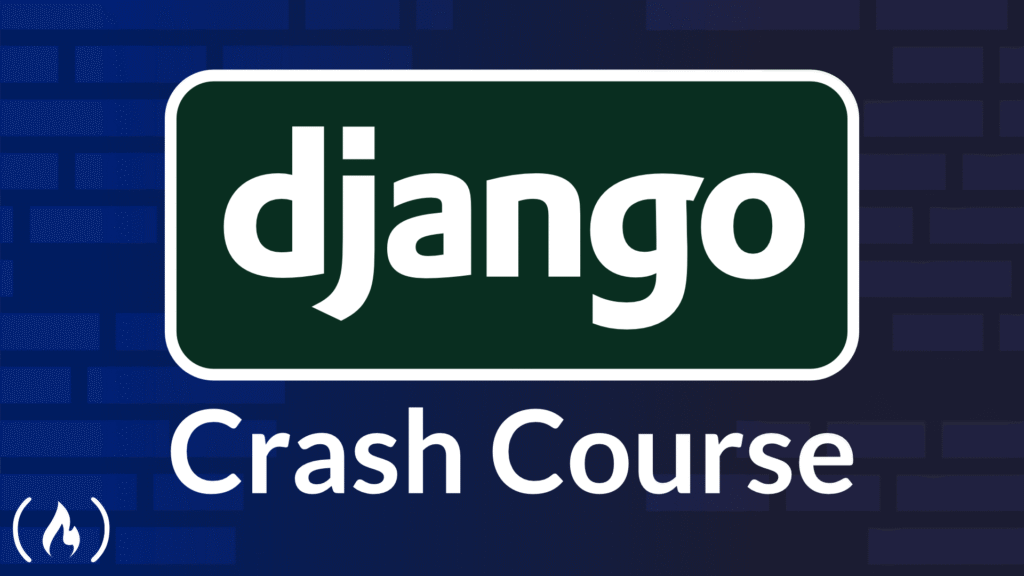Django is a high-level web framework built with Python that encourages rapid development and clean, pragmatic design. Django handles much of the heavy lifting involved in web development, so you can focus more on writing your app and less on reinventing the wheel. Whether you want to build a blog, an e-commerce platform, or a custom web service, Django provides the structure and tools to help you get the job done efficiently.
What makes Django especially powerful is its “batteries-included” philosophy. This means it comes with a wide range of features out of the box, including an ORM (Object-Relational Mapper) for interacting with databases, a templating engine for rendering dynamic HTML pages, robust form handling, user authentication, an admin interface, and much more. Django is also built with security in mind, offering protection against common web vulnerabilities like SQL injection, cross-site scripting, and cross-site request forgery. Plus, Django’s active community and extensive documentation make it one of the most accessible frameworks for beginners.
We just published a course on the freeCodeCamp.org YouTube channel that will teach you all about getting started with Django. Taught by Abel Gideon, this Django crash course for beginners offers a step-by-step introduction to the framework and its core components. You’ll begin with setting up your development environment and understanding how to use essential tools like django-admin and manage.py. From there, the course introduces the fundamental concepts of Django’s architecture, particularly the Model-View-Template (MVT) pattern, which separates data handling, logic, and presentation.
The course covers things like how to create Django apps, define views and handle requests, work with models and databases, and design user-facing pages using Django’s template system. You’ll also explore how forms work in Django, how to use the Django Admin panel for content management, and how to integrate a MySQL database into your project. The course culminates in building a complete Django project, giving you a real-world example of how everything fits together.
By the end of the course, you’ll have a clear understanding of how Django works and how to use it to create your own dynamic web applications. Whether you’re looking to build a personal website, a data-driven dashboard, or the backend for a mobile app, this course will give you the foundation you need to move forward confidently in Django development.
Watch the full course on the freeCodeCamp.org YouTube channel (1-hour watch).
Source: freeCodeCamp Programming Tutorials: Python, JavaScript, Git & MoreÂ


